Create Professional Logos Free with AI Tools: Complete Guide
Create Professional Logos for Free Using AI Image Tools
Creating a professional logo has traditionally required significant design expertise, expensive software, or costly designer fees that put quality branding out of reach for many small businesses, startups, and individual entrepreneurs. The emergence of AI image generation tools has revolutionized logo creation, making professional-quality brand identity accessible to anyone with a clear vision and basic understanding of design principles.
Modern AI image generators offer sophisticated capabilities that can produce logos rivaling those created by professional designers, all while maintaining the flexibility to iterate, customize, and refine designs until they perfectly represent your brand identity and values.
This comprehensive guide walks you through the entire process of creating stunning, professional logos using free AI tools, covering everything from initial concept development and design principles to legal considerations and advanced customization techniques that will help your brand stand out in competitive markets.
Why Choose AI for Logo Creation?
Cost-Effectiveness and Accessibility
Traditional logo design services can cost anywhere from hundreds to thousands of dollars, making professional branding inaccessible for bootstrapped startups, small businesses, and individual entrepreneurs operating with limited budgets.
AI logo generation eliminates these financial barriers by providing access to sophisticated design capabilities at no cost, allowing businesses to allocate resources to other critical areas while still maintaining professional brand presentation.
The democratization of logo design through AI tools means that geographical location, network connections, and budget constraints no longer determine access to quality brand identity development and professional visual representation.
Speed and Iteration Advantages
Professional designers typically require days or weeks to develop logo concepts and complete revision cycles, while AI tools can generate dozens of variations within minutes, dramatically accelerating brand development timelines.
The speed of AI generation enables rapid experimentation with different concepts, styles, and approaches, allowing business owners to explore creative directions they might not have considered with traditional design processes.
Quick iteration cycles make it practical to test multiple design approaches, gather feedback from stakeholders, and refine concepts without the time pressure and cost implications associated with traditional design revisions.
Creative Exploration and Inspiration
AI tools can generate unexpected design combinations and creative approaches that might not occur to human designers, providing inspiration and creative directions that enhance final logo outcomes.
The ability to generate unlimited variations encourages creative exploration without financial penalty, enabling thorough investigation of different aesthetic approaches and brand positioning strategies.
Business owners can experiment with various industries' design conventions, cultural references, and artistic styles to find approaches that authentically represent their unique brand identity and market positioning.
Best Free AI Tools for Logo Creation
DALL-E 2: Precision and Professionalism
DALL-E 2 excels at creating clean, professional logos with precise geometric shapes and clear typography integration. The platform's strength in understanding detailed prompts makes it ideal for businesses with specific vision requirements.
The tool handles complex logo concepts effectively, including abstract representations, symbolic imagery, and sophisticated color schemes that work well for established business categories and professional services.
DALL-E 2's monthly free credits provide sufficient generation capacity for most logo development projects, making it accessible for businesses exploring brand identity options without immediate budget commitments.
Stable Diffusion: Flexibility and Customization
Stable Diffusion offers the most flexibility for logo creation through various web interfaces and specialized models trained specifically for graphic design and logo generation applications.
The open-source nature enables access to community-developed logo-specific models that understand design principles, typography, and brand identity conventions better than general-purpose image generators.
Multiple web interfaces provide different approaches to logo generation, from simple prompt-based tools to advanced parameter controls that enable fine-tuning of design elements and stylistic approaches.
Midjourney: Artistic and Creative Approaches
Midjourney excels at creating visually striking, artistic logos that work well for creative industries, lifestyle brands, and businesses seeking unique, memorable brand identities that stand out from conventional approaches.
The platform's aesthetic enhancement capabilities often improve upon initial concepts, adding visual appeal and professional polish that elevate simple ideas into compelling brand representations.
Community features pinspire other users' logo creations, offering examples of effective prompts and creative approaches that can inform your own logo development process.
Canva AI: Integrated Design Workflow
Canva's Magic Media feature combines AI logo generation with comprehensive design tools, enabling complete brand identity development within a single platform ecosystem.
The integration allows immediate incorporation of generated logos into business cards, letterheads, social media graphics, and other brand materials, streamlining the entire brand development process.
Template libraries and design resources complement AI generation capabilities, providing frameworks for applying logo designs across various marketing materials and brand touchpoints effectively.
Essential Logo Design Principles
Simplicity and Memorability
Effective logos maintain simplicity that ensures recognition and memorability across various applications, from large signage to small social media profile images and business card presentations.
Complex designs with excessive details often lose clarity when scaled down, making simplicity crucial for logo effectiveness across diverse marketing applications and brand touchpoint requirements.
Memorable logos typically feature distinctive elements that create immediate recognition while remaining simple enough for easy reproduction across different media and manufacturing processes.
Scalability and Versatility
Professional logos must work effectively at various sizes, from website favicons to billboard advertisements, requiring clean lines and clear shapes that maintain integrity across scaling requirements.
Vector-appropriate designs translate better to professional applications, making it important to create logos that can be easily converted to scalable vector formats for print and large-format applications.
Consider how your logo will appear in single-color applications, reversed out of backgrounds, and on various background colors when developing design concepts and evaluating AI-generated options.
Brand Alignment and Messaging
Effective logos communicate brand personality, values, and market positioning through visual elements, color choices, and stylistic approaches that resonate with target audiences and differentiate from competitors.
Industry conventions and audience expectations should inform design choices while maintaining enough uniqueness to create distinctive brand recognition and memorable market presence.
Cultural considerations and global market implications become important for businesses operating internationally or serving diverse customer bases with varying cultural backgrounds and design preferences.
Technical Requirements and Applications
Modern logo applications require consideration of digital display requirements, print reproduction capabilities, and manufacturing constraints that affect design decisions and final logo effectiveness.
Color choices should work effectively in both digital RGB and print CMYK color spaces, with consideration for single-color applications and various background compatibility requirements.
File format requirements for different applications should influence design approaches, ensuring logos work effectively across web, print, embroidery, engraving, and other common brand application methods.
Step-by-Step Logo Creation Process
Phase 1: Concept Development and Research
Begin by clearly defining your brand identity, target audience, industry positioning, and unique value proposition that your logo should communicate through visual elements and stylistic approaches.
Research competitor logos and industry conventions to understand market expectations while identifying opportunities for differentiation and unique brand positioning within your specific market segment.
Gather inspiration from various sources, including design galleries, brand identity showcases, and successful logos from both related and unrelated industries that demonstrate effective design principles.
Create mood boards or concept collections that capture the aesthetic direction, color preferences, and stylistic approaches that align with your brand vision and market positioning goals.
Phase 2: Prompt Development and Generation
Craft specific prompts that describe your desired logo elements, including industry context, style preferences, color schemes, and any symbolic elements that should be incorporated into the design.
Start with broad concepts and gradually refine prompts based on initial results, focusing on elements that work well while eliminating aspects that don't align with your brand vision.
Generate multiple variations of promising concepts, exploring different color schemes, layouts, and stylistic approaches to identify the most effective design directions for your brand.
Document successful prompts and promising results, creating a library of effective approaches that can be refined and combined to develop your final logo concept.
Phase 3: Selection and Refinement
Evaluate generated options based on your established criteria, including brand alignment, scalability, memorability, and technical requirements for your specific business applications.
Select the most promising concepts for further refinement, using additional AI generations to explore variations in color, composition, and stylistic details that enhance overall effectiveness.
Test selected logos at various sizes and applications to ensure they maintain clarity and impact across different use cases and technical requirements your business will encounter.
Gather feedback from stakeholders, potential customers, and design-savvy colleagues to gain external perspectives on logo effectiveness and market appeal before making final decisions.
Phase 4: Technical Optimization and Finalization
Convert selected AI-generated logos to vector formats using tools like Adobe Illustrator, Inkscape, or online vectorization services that ensure scalability for professional applications.
Refine technical aspects such as color specifications, typography integration, and geometric precision that may need adjustment for optimal reproduction across various media and applications.
Create logo variations including horizontal and vertical layouts, single-color versions, and simplified versions for specific applications like social media profiles or favicon usage.
Develop comprehensive logo usage guidelines that specify appropriate applications, color combinations, sizing requirements, and clear space specifications for consistent brand implementation.
Advanced AI Logo Techniques
Prompt Engineering for Better Results
Develop sophisticated prompts that incorporate design terminology, industry-specific references, and style specifications that help AI systems understand your exact requirements and aesthetic preferences.
Use negative prompts to exclude unwanted elements, ensuring generated logos avoid common AI artifacts, inappropriate styling, or elements that conflict with your brand positioning.
Experiment with different prompt structures and keyword combinations to discover approaches that consistently produce results aligned with your brand vision and professional requirements.
Create prompt templates for different logo styles and applications, building a library of effective approaches that can be adapted for various brand development projects.
Style Transfer and Combination Techniques
Combine multiple AI-generated elements to create unique logos that incorporate the best aspects of different generated concepts while maintaining overall design coherence and brand alignment.
Use style transfer techniques to apply successful aesthetic approaches to different conceptual elements, creating cohesive brand identity systems from various AI-generated components.
Layer and combine generated elements using design software to create complex logos that exceed what single AI generations can produce while maintaining professional design standards.
Develop hybrid approaches that use AI for initial concept generation and traditional design tools for refinement, optimization, and technical preparation for professional applications.
Color Scheme Development and Optimization
Generate logo concepts in various color schemes to identify approaches that work effectively across different applications and brand touchpoint requirements your business will encounter.
Use AI tools to explore color combinations and variations that maintain brand consistency while providing flexibility for different marketing applications and seasonal campaign requirements.
Develop comprehensive color specifications that work effectively across digital and print applications, ensuring consistent brand representation regardless of reproduction method or technical constraints.
Create monochromatic and simplified color versions that maintain logo effectiveness in single-color applications, reversed applications, and various background compatibility scenarios.
Typography Integration and Enhancement
Combine AI-generated imagery with professional typography using design software to create cohesive logos that integrate symbolic elements with a clear, readable brand name presentation.
Experiment with various typography styles and layouts that complement AI-generated imagery while maintaining legibility and professional appearance across all intended applications.
Consider custom typography development or modification that creates unique brand identity elements while ensuring compatibility with AI-generated imagery and overall design coherence.
Develop typography specifications and guidelines that ensure consistent application across various marketing materials and brand touchpoints that utilize the complete logo system.
Legal Considerations and Intellectual Property
Copyright and Ownership Issues
Understand the copyright implications of AI-generated logos, including platform-specific terms of service and usage rights that affect your ability to use generated content for commercial applications.
Most AI platforms grant users commercial rights to generated content, but specific terms vary between services and may include restrictions or attribution requirements that affect business usage.
Document your logo development process and maintain records of AI-generated source material to establish clear ownership and development history for trademark and copyright purposes.
Consider additional design modifications and customization that strengthen your ownership claims while ensuring your final logo meets legal requirements for trademark registration and protection.
Trademark Considerations and Registration
Conduct thorough trademark searches before finalizing logo designs to ensure your chosen design doesn't conflict with existing trademarks in your industry or geographic market areas.
AI-generated logos can potentially resemble existing trademarks, making professional trademark searches essential for avoiding legal conflicts and protecting your brand investment long-term.
Work with trademark attorneys to evaluate logo concepts and complete registration processes that provide legal protection for your brand identity and prevent competitor usage.
Develop trademark usage guidelines that specify appropriate applications and protect your legal rights while enabling effective brand implementation across various marketing channels and applications.
Commercial Usage Rights and Restrictions
Review platform-specific terms of service carefully to understand any restrictions on commercial usage, modification rights, or attribution requirements that may affect your business applications.
Some AI platforms may have restrictions on logo usage for certain industries or applications, making it important to understand limitations before investing in brand development processes.
Document your compliance with platform requirements and maintain records that demonstrate proper usage rights for your generated logo content and any subsequent modifications or enhancements.
Consider creating derivative works or modifications that strengthen your ownership position while maintaining the aesthetic appeal and brand effectiveness of AI-generated source material.
Common Logo Creation Mistakes
Overcomplication and Detail Excess
Many users create overly complex logos with excessive details that lose clarity when scaled down for small applications like business cards, social media profiles, or mobile app icons.
Complex designs often fail in single-color applications, embroidery, or engraving processes, limiting their practical utility for comprehensive brand implementation across various marketing materials.
Focus on creating simple, iconic designs that maintain impact and recognition even when reduced to very small sizes or reproduced through limited manufacturing processes.
Test logo designs at various sizes during development to ensure they maintain clarity and effectiveness across all intended applications and technical reproduction requirements.
Poor Color Choice and Application
Inappropriate color choices can limit logo effectiveness, create reproduction problems, or convey unintended messages that conflict with brand positioning and target audience expectations.
Colors that don't reproduce well in print, display poorly on screens, or require expensive printing processes can create practical limitations that affect brand implementation costs and effectiveness.
Consider color psychology, industry conventions, and cultural implications when selecting color schemes that support your brand message and resonate with your target audience effectively.
Develop comprehensive color specifications that work across digital and print applications while providing alternatives for various background colors and reproduction constraints.
Lack of Scalability Planning
Many logos work well at standard sizes but lose effectiveness when scaled significantly up or down, limiting their utility for comprehensive brand applications and marketing materials.
Fine details, thin lines, and complex elements often become invisible or muddy when logos are reduced for small applications, requiring simplification for effective multi-scale usage.
Plan for scalability from the beginning by creating designs that maintain impact and recognition across the full range of sizes your business will require for various applications.
Develop logo variations specifically designed for different-sized applications, ensuring optimal effectiveness regardless of technical constraints or application requirements.
Insufficient Brand Alignment
Generic designs that could represent any business fail to communicate specific brand identity, values, or market positioning that differentiates your company from competitors effectively.
Logos must reflect brand personality and connect with target audiences while remaining appropriate for industry context and professional requirements specific to your business sector.
Ensure your logo design choices align with brand strategy, target audience preferences, and competitive positioning while maintaining an authentic representation of your business values.
Test logo concepts with target audience members to validate effectiveness and ensure designs communicate intended messages while resonating with potential customers appropriately.
Professional Enhancement and Implementation
Vector Conversion and Optimization
Convert AI-generated logos to professional vector formats that ensure scalability and enable high-quality reproduction across all intended applications and manufacturing processes.
Professional vector conversion may require manual refinement of curves, alignment, and geometric precision that improves overall logo quality and reproduction reliability.
Optimize file organization and naming conventions that facilitate easy access and consistent usage across various applications and team members responsible for brand implementation.
Create comprehensive file libraries including various formats, color schemes, and layout variations that support efficient brand implementation across diverse marketing channels and materials.
Brand System Development
Extend logo design into comprehensive brand identity systems, including color palettes, typography specifications, and visual style guidelines that ensure consistent brand implementation.
Develop secondary logos, icon variations, and simplified versions that provide flexibility for various applications while maintaining brand consistency and recognition across touchpoints.
Create brand usage guidelines that specify appropriate applications, sizing requirements, color combinations, and clear space specifications for consistent professional implementation.
Design complementary brand elements,s including patterns, textures, and graphic elements that extend logo concepts into comprehensive visual identity systems supporting various marketing needs.
Marketing Application and Integration
Implement logos across various marketing materials, including business cards, letterheads, websites, social media profiles, and promotional materials that establish a consistent brand presence.
Consider how logos will appear across digital and print applications, ensuring effective reproduction and brand recognition regardless of medium or technical constraints.
Develop templates and brand assets that enable efficient application of logo designs across various marketing materials while maintaining consistency and professional presentation.
Plan for logo evolution and updates that accommodate business growth, market changes, and brand development while preserving established recognition and brand equity.
Success Stories and Case Studies
Small Business Transformation
Local service businesses have successfully used AI-generated logos to establish professional brand identities that compete effectively with larger companies despite limited marketing budgets.
Restaurant and retail businesses have created memorable brand identities using AI tools, developing logos that work effectively across signage, packaging, social media, and promotional materials.
Professional service providers, including consultants, attorneys, and healthcare practitioners,s have established credible brand presence using AI-generated logos that convey expertise and trustworthiness.
Technology startups and digital service providers have created modern, innovative brand identities that effectively communicate their technical capabilities and market positioning to target audiences.
Creative Industry Applications
Freelance creatives and design studios have used AI tools to accelerate logo development processes while maintaining quality standards and creative originality that satisfy demanding clients.
Art galleries, creative agencies, and cultural organizations have developed distinctive brand identities that reflect their creative mission while maintaining professional credibility and market appeal.
Entertainment and media companies have created memorable logos that work effectively across various promotional materials and digital platforms while reflecting their creative content and audience.
Fashion and lifestyle brands have established unique visual identities that differentiate them in competitive markets while maintaining an authentic representation of their brand values and aesthetic.
Non-Profit and Community Organizations
Community organizations and non-profits have developed professional brand identities that enhance their credibility and fundraising effectiveness despite extremely limited budgets for professional design services.
Educational institutions and community groups have created logos that effectively communicate their mission and values while establishing visual consistency across various communication materials and programs.
Advocacy organizations and social causes have developed impactful brand identities that support their messaging and campaign effectiveness while maintaining professional presentation standards.
Religious and spiritual organizations have created respectful, meaningful logos that reflect their values and community identity while appealing to diverse congregation members and potential participants.
Conclusion
Creating professional logos using free AI image tools represents an unprecedented opportunity for businesses, organizations, and individuals to establish strong brand identities without traditional barriers of cost, expertise, or access to professional design services.
The key to success lies in understanding design principles, selecting appropriate tools, and approaching logo development systematically rather than expecting miraculous results from minimal effort or random experimentation.
AI tools provide powerful capabilities, but effective logo creation still requires strategic thinking, brand understanding, and systematic refinement that transforms generated concepts into polished, professional brand identities that serve long-term business goals.
As AI technology continues advancing, these tools will become even more capable and accessible, making professional brand development available to an ever-broader range of businesses and organizations seeking to establish a strong market presence.
Remember that logos serve as the foundation for comprehensive brand identity systems, making it worthwhile to invest time and attention in creating designs that authentically represent your values while effectively communicating with your target audience and supporting long-term business success.
Read also: Common Mistakes to Avoid When Using AI Image Generators



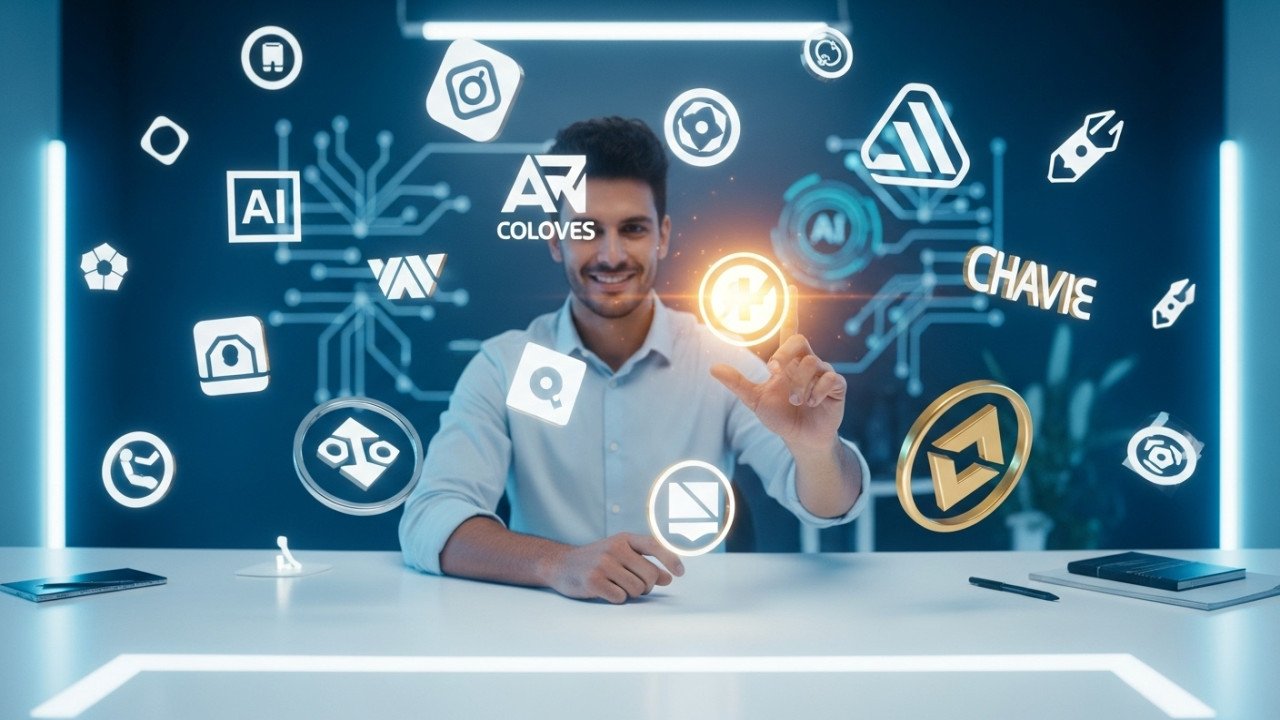
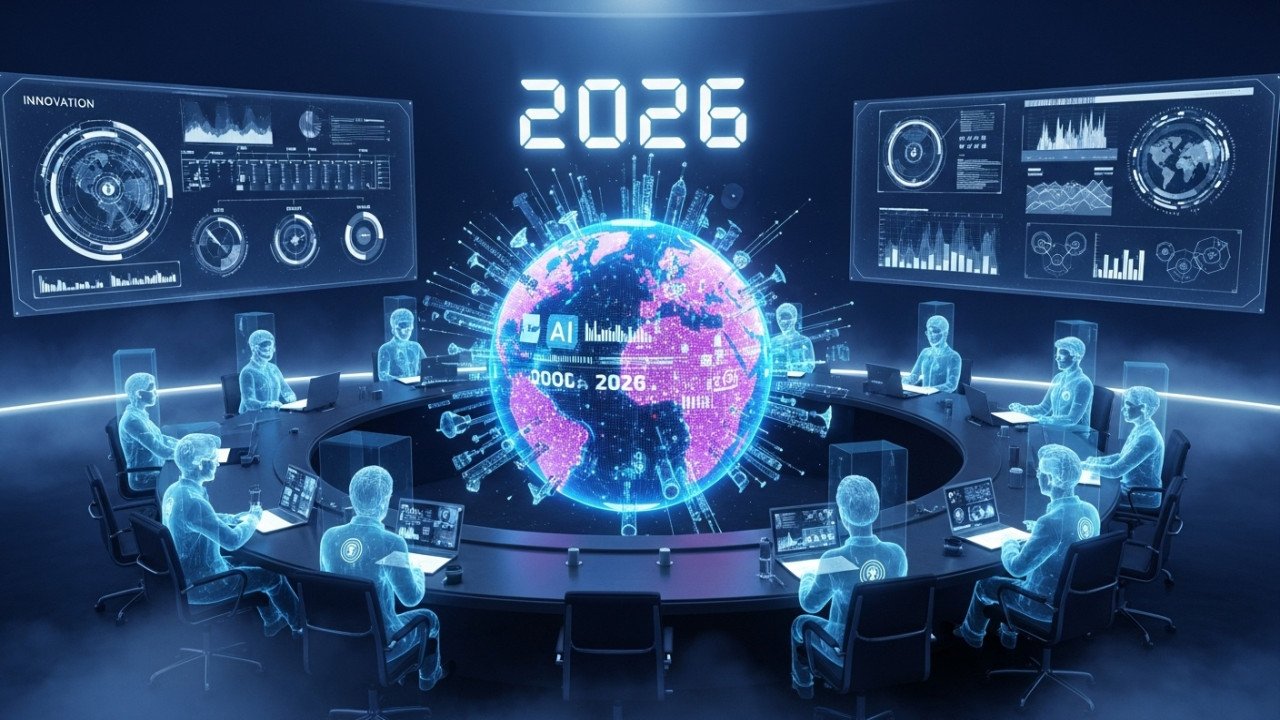

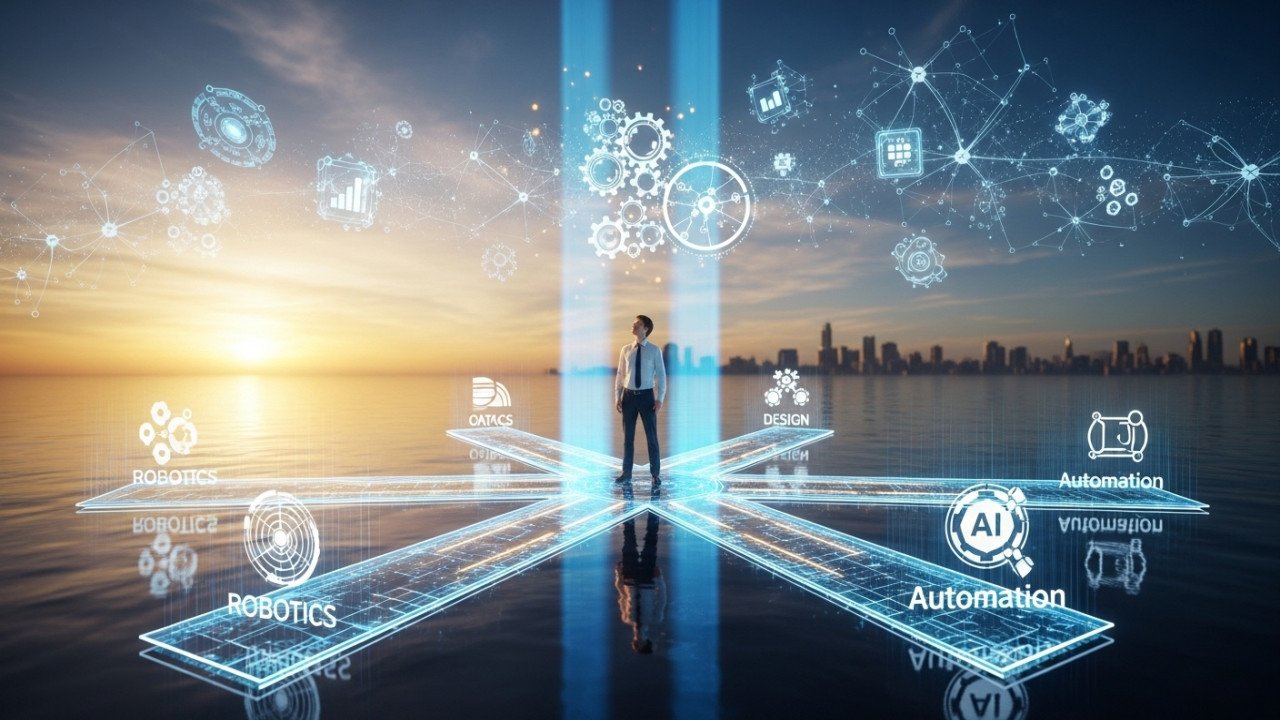
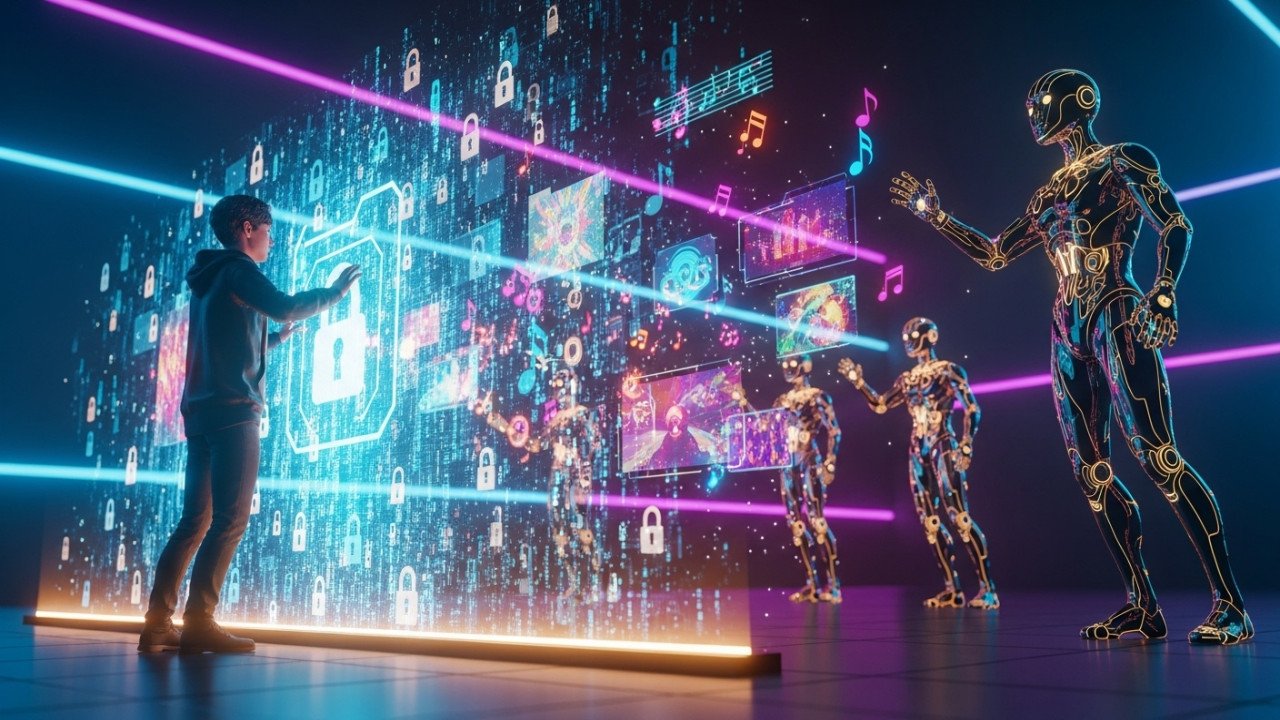
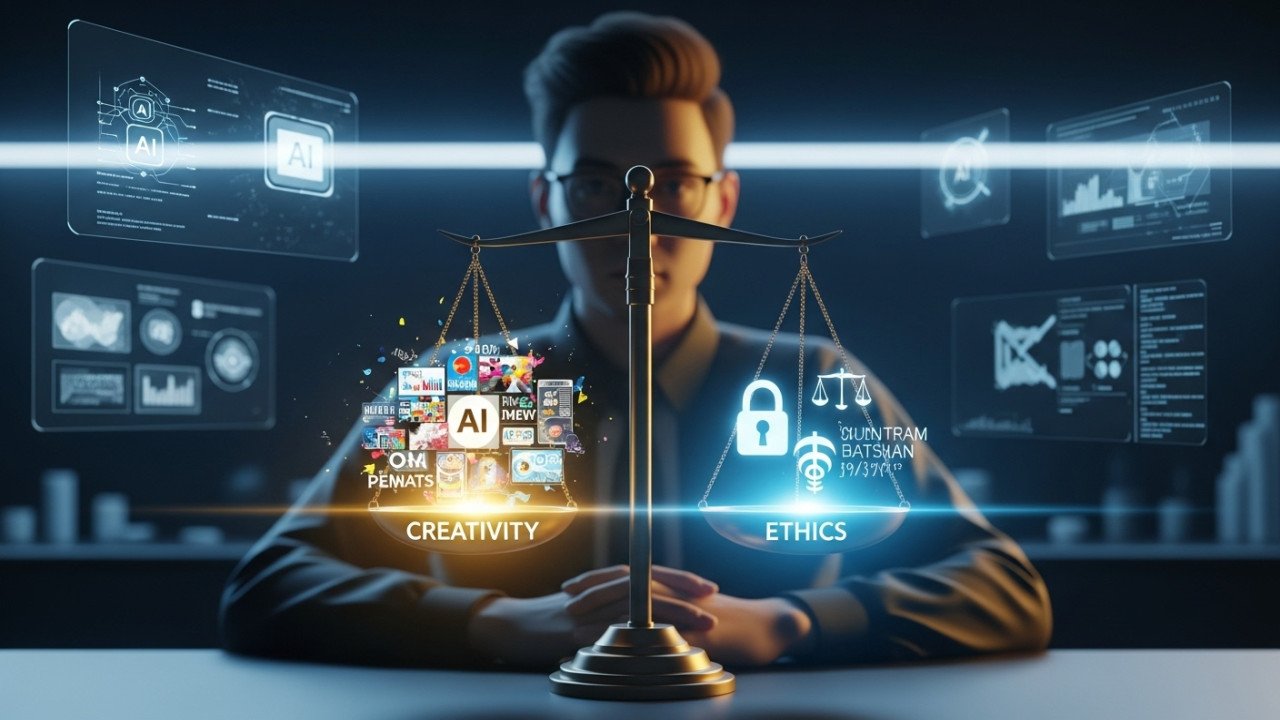
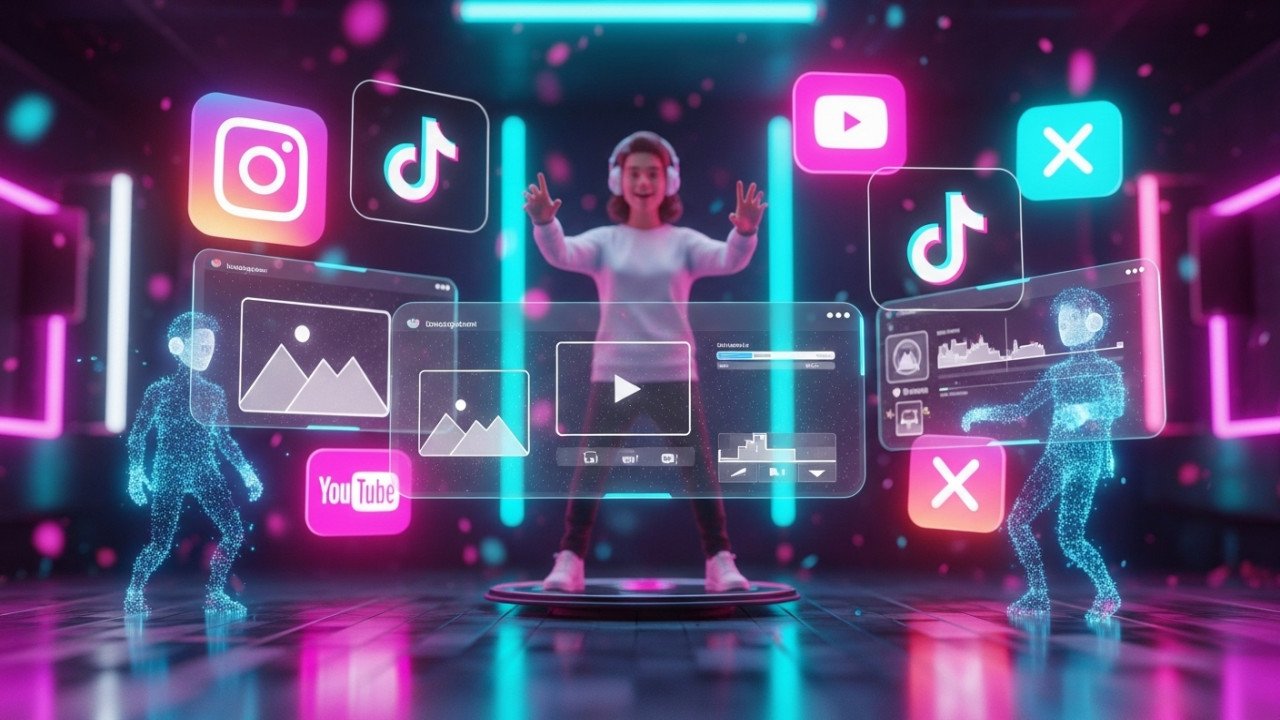
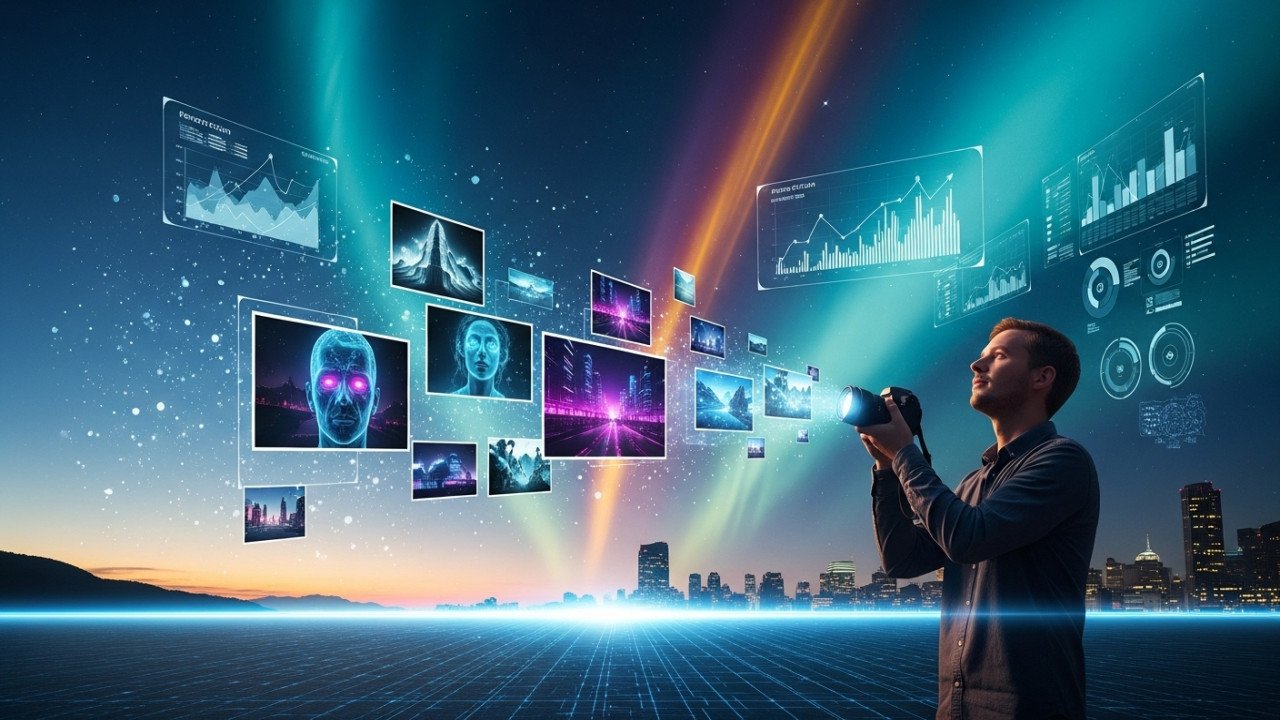
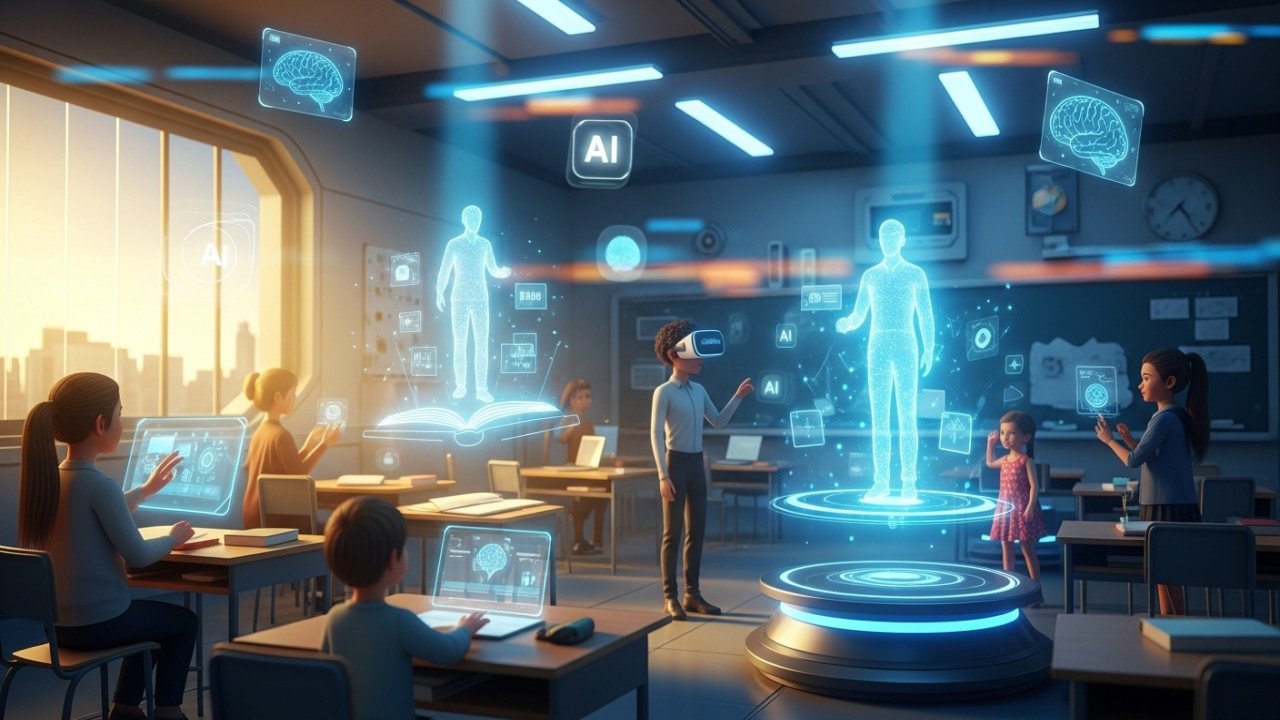
Comments (0)
No comments found